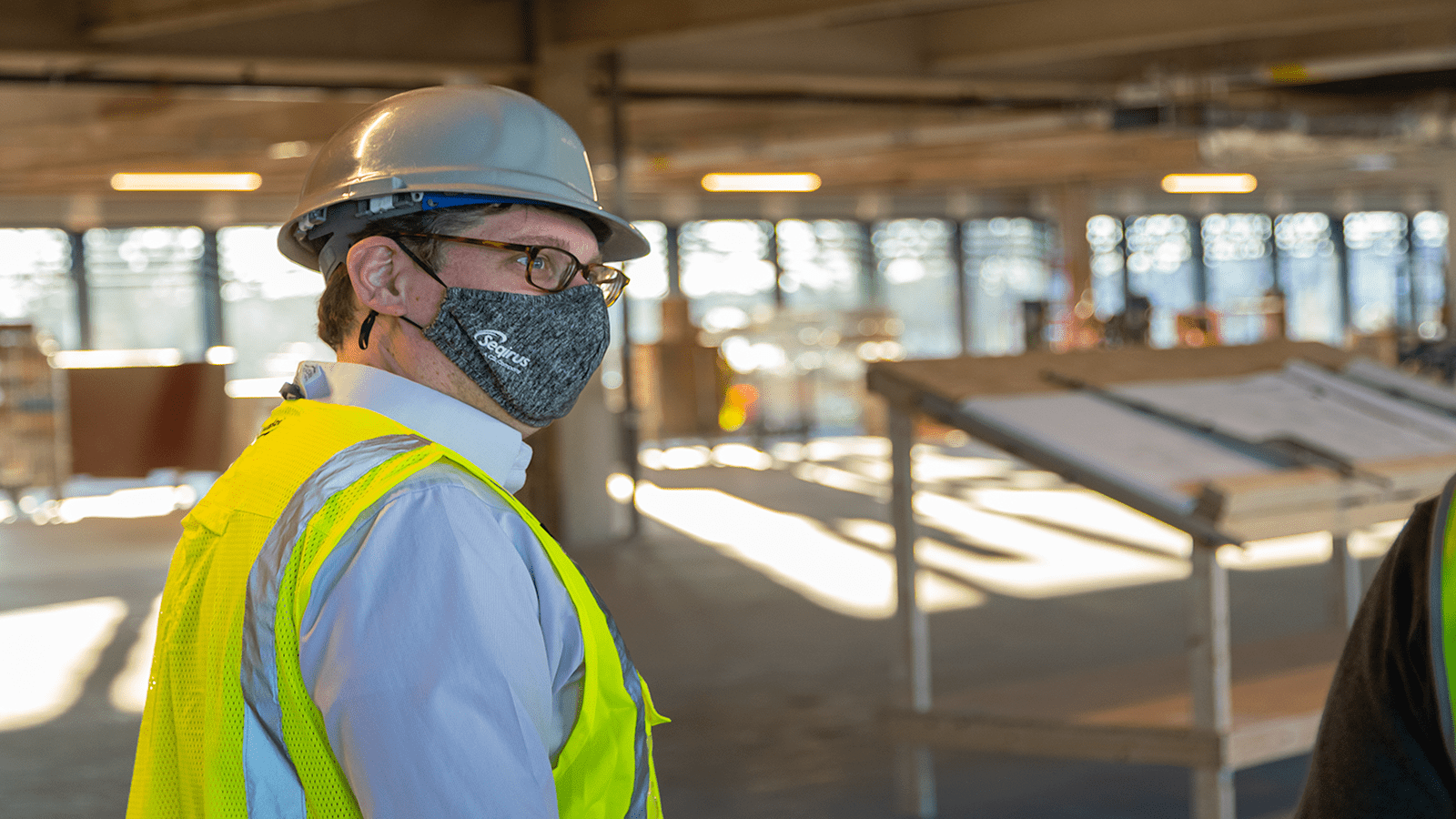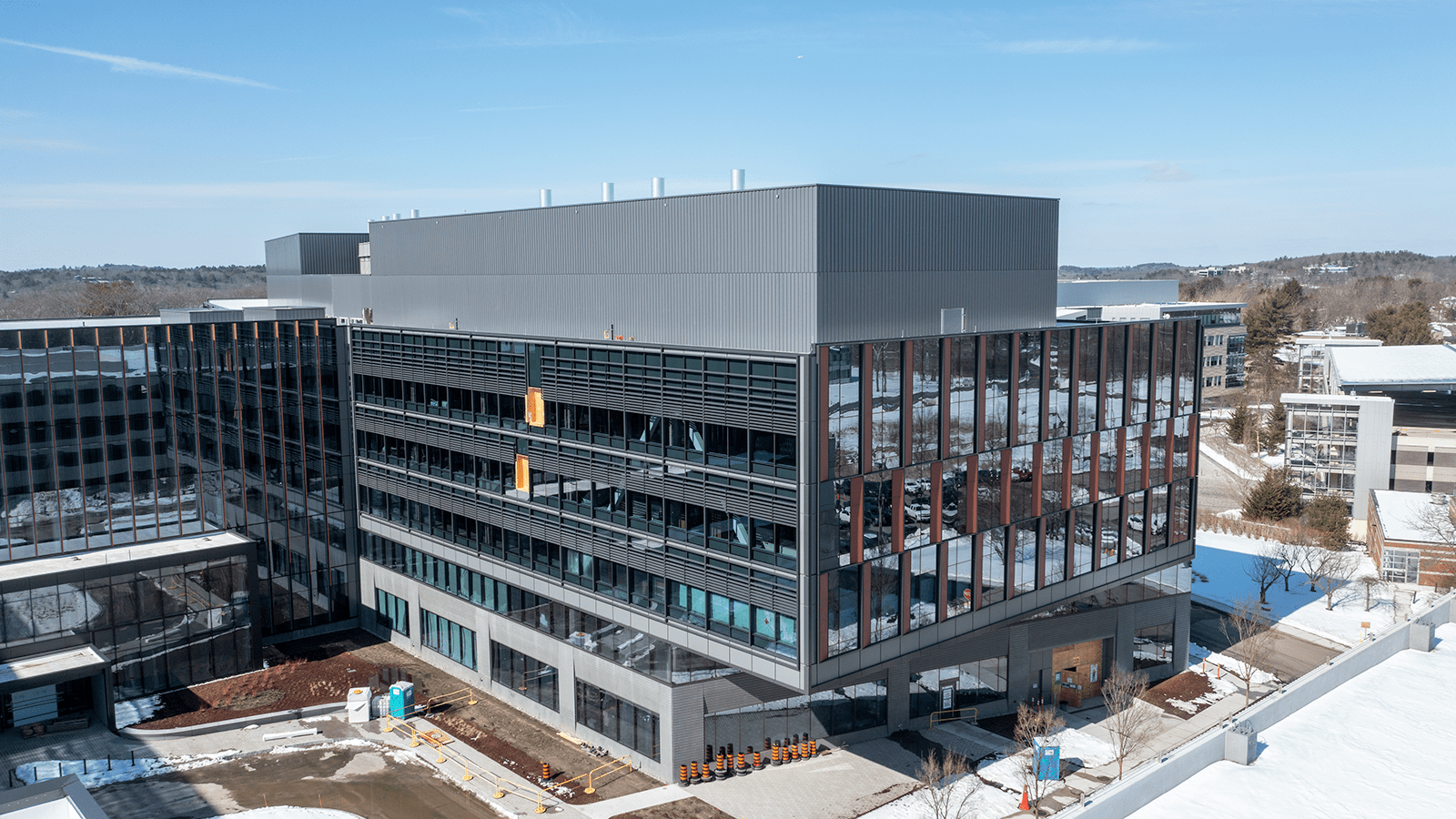Approximately 10 miles away from Cambridge, Massachusetts is a town that is almost an extension of the Boston suburb well known for its academic brilliance, called Waltham – home to CSL’s new research and development hub.
“Just nearby, I believe we have about over 10 Nobel prize winners in the area,” Ethan Settembre, VP of Research, Seqirus Vaccines Innovation Unit, CSL R&D, said of the Waltham area of Massachusetts. “It’s also an area that’s huge on biotechnology, particularly RNA, which bodes well for developing a science that is of a major focus for the site.”
While access to talent in the locale is a contributor to the decision to break ground on a new facility there, the site stands for much more than that, Settembre explained.
“The Seqirus business began with the combination of bioCSL and Novartis influenza business and at the time we were all about focusing on the turnaround, getting our manufacturing up to snuff and getting certain of the programs over the line so that we could get vaccines out to people around the world,” he said. “Now that we’ve passed that phase, it’s about doubling down and investing in our future, and we’re going to need physical space to grow.”

Prior to the new space, R&D’s presence in this innovation hot spot took place in a smaller building in Cambridge which housed several functions that were needed to bring concepts to life, but it didn’t encompass the entire gamut that would enable rapid innovation at scale.
That, and with only 8,000 square feet of lab space, it didn’t quite cut it for the organization’s needs.
“Not only will we now have about 54,000 square feet of lab space, but we will have research, technical development, clinical, regulatory, legal and medical affairs, among other functions, all located at the same site,” Settembre said. “That connectedness gives us an improved agility when we’re taking an idea from inception, linking it to strategy and driving it through to Phase 1.”
As he suggested, more non-researchers than previously will be housed there too and to his account they’ve been dying to come to the site, even if it's just for a couple of days a week.
“Although many employees can do their work efficiently from afar, there's an added benefit when they can be in-person amongst the scientists seeing things as they're happening, capturing ideas as they're coming up and finding ways to collaborate in real-time,” he said. “They want to be there to have spur of the moment conversations where you don't have to set up a meeting, then you're able to adapt and innovate much more quickly.”
Ultimately, this building, the way it is set up and the expansion of our team will not only maintain the company’s part in the ‘Spirit of Cambridge’ but also define a new spirit in Waltham.
“This is a real investment into our people, the location and our future,” he said. “We are really starting to spread our wings as a vaccine company.”

